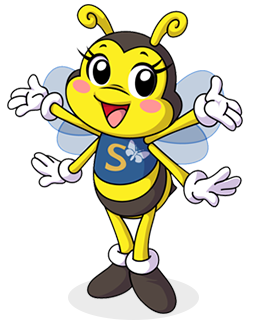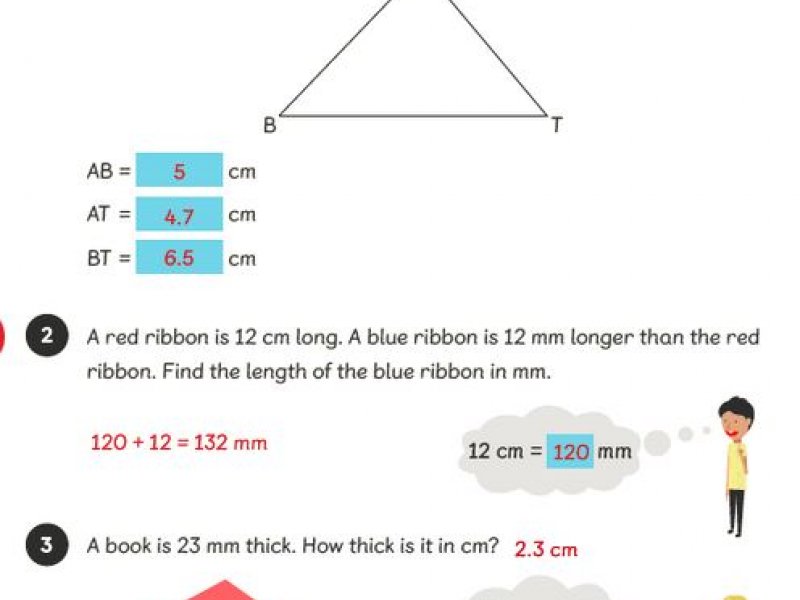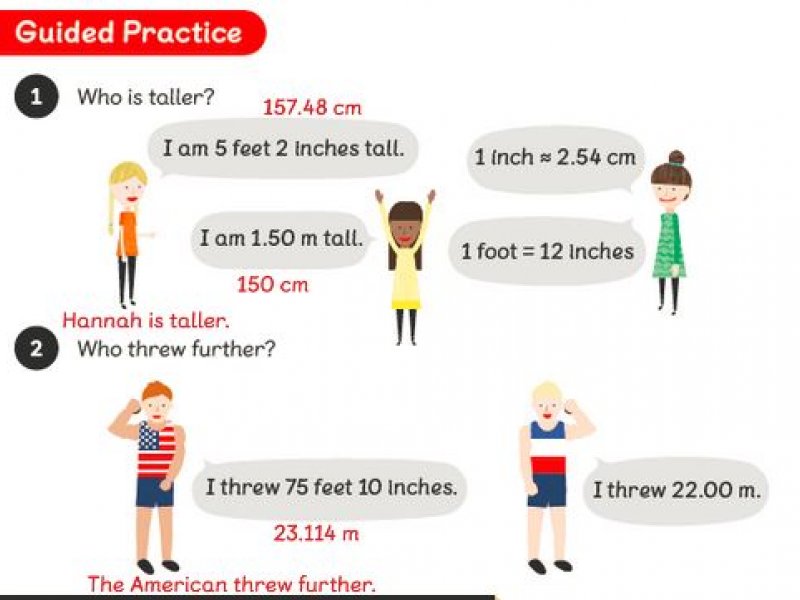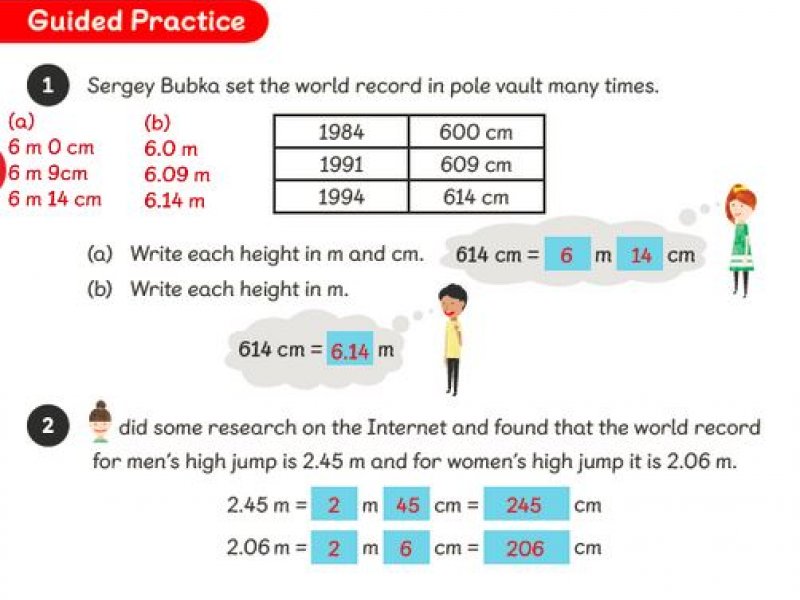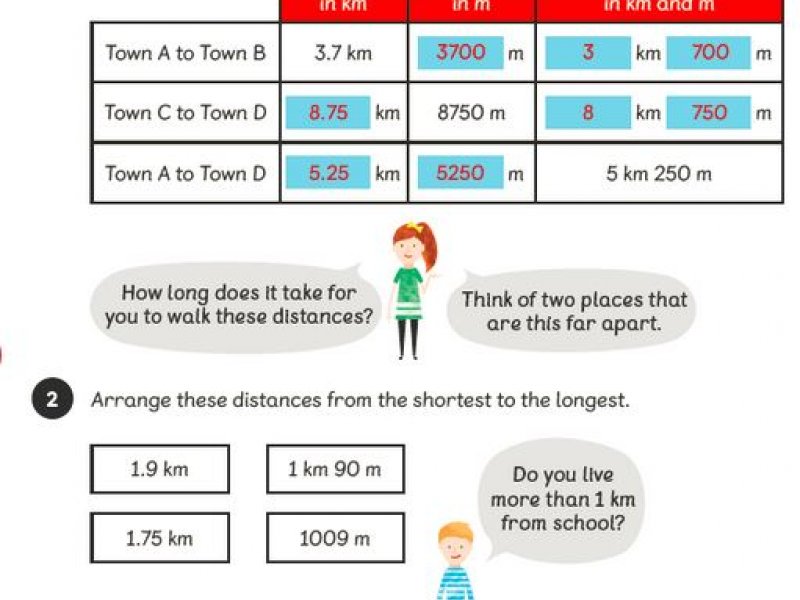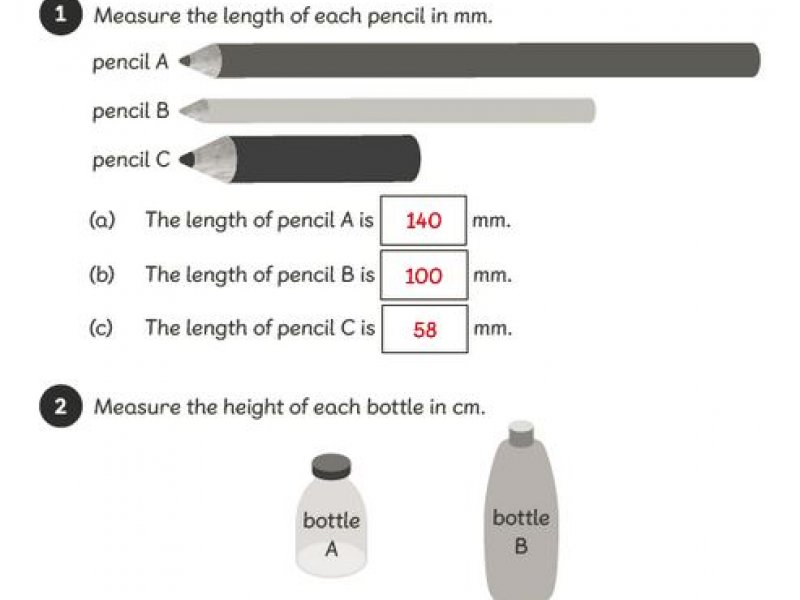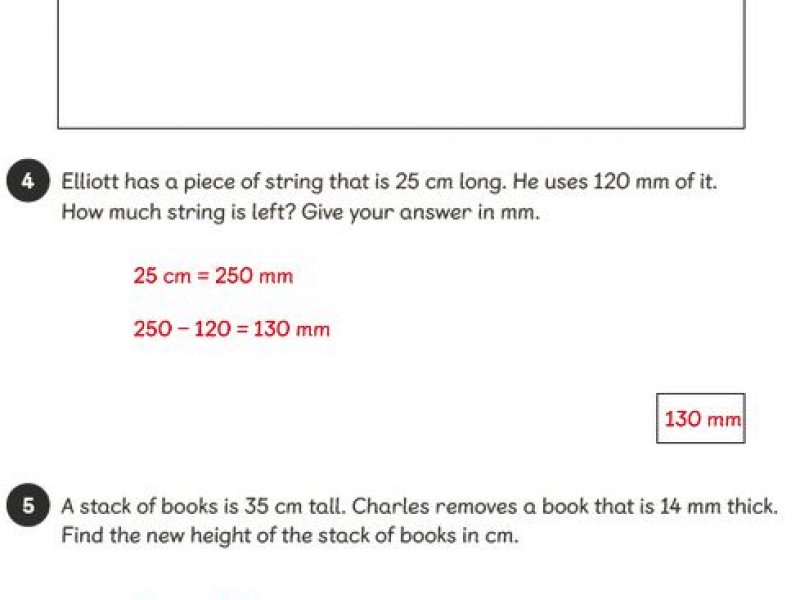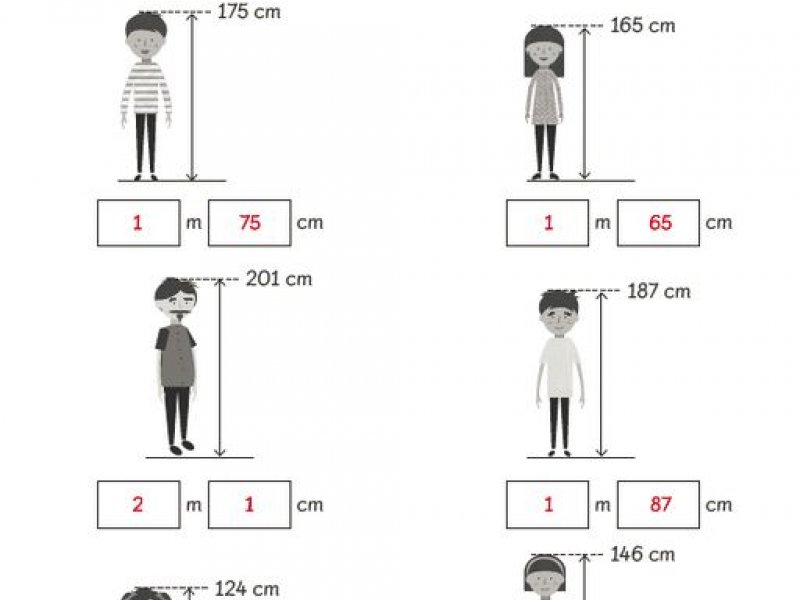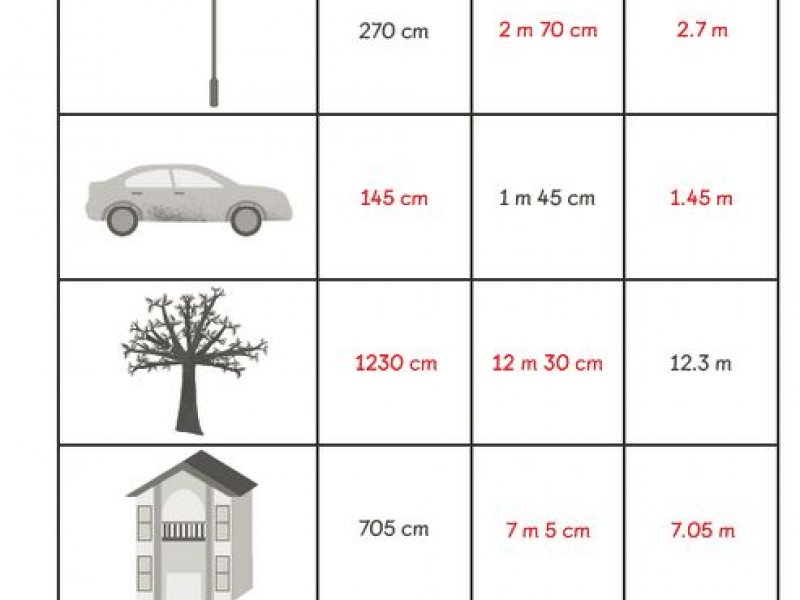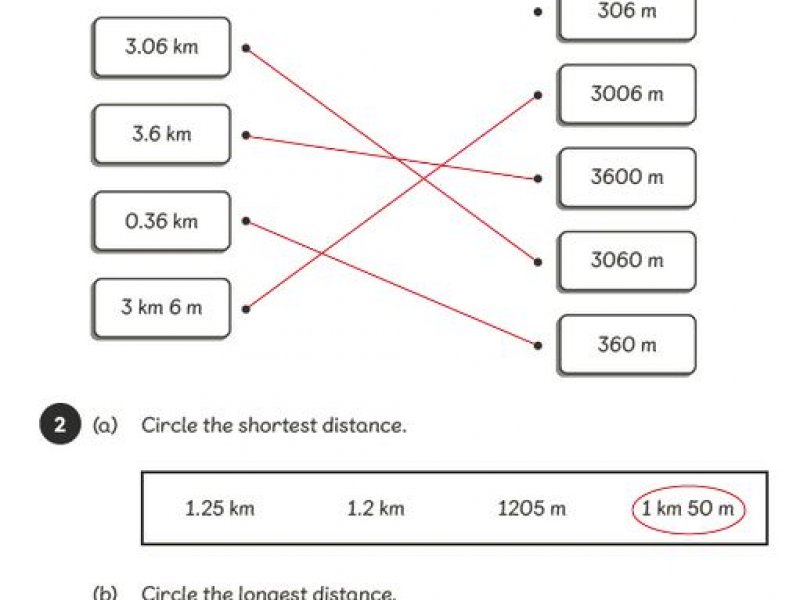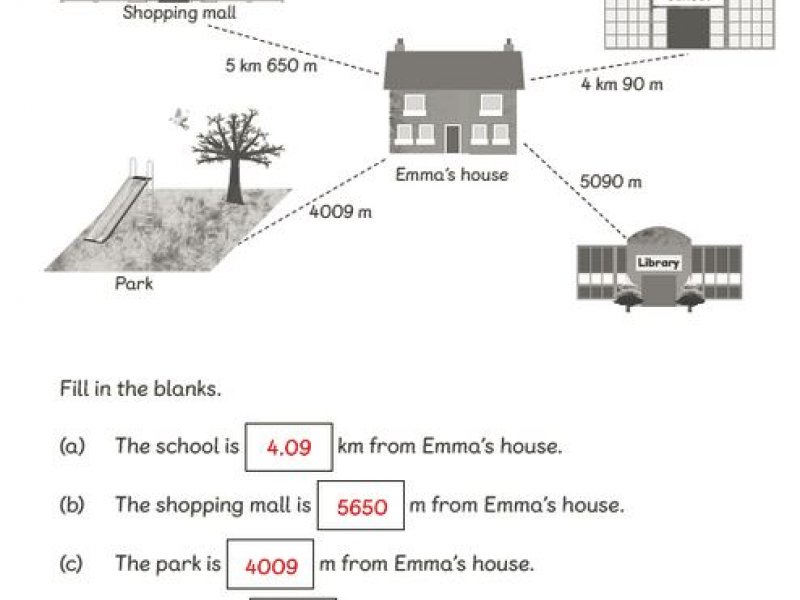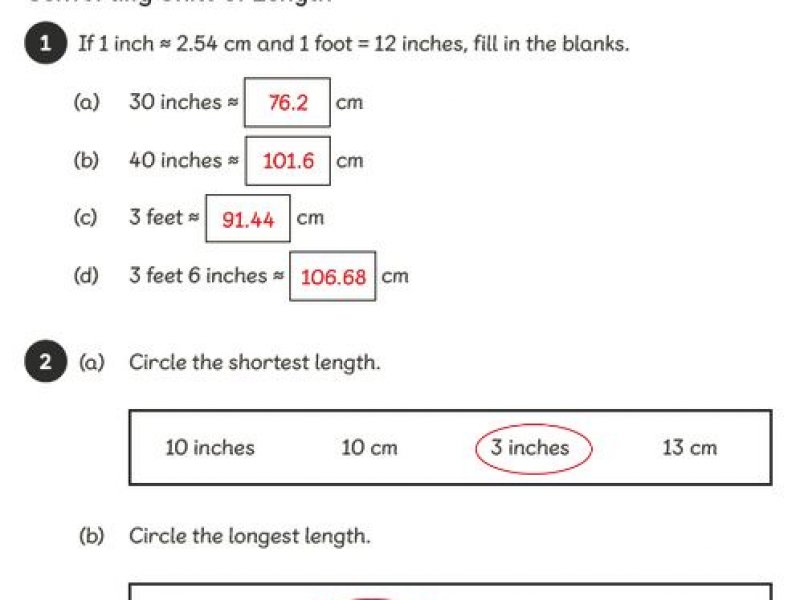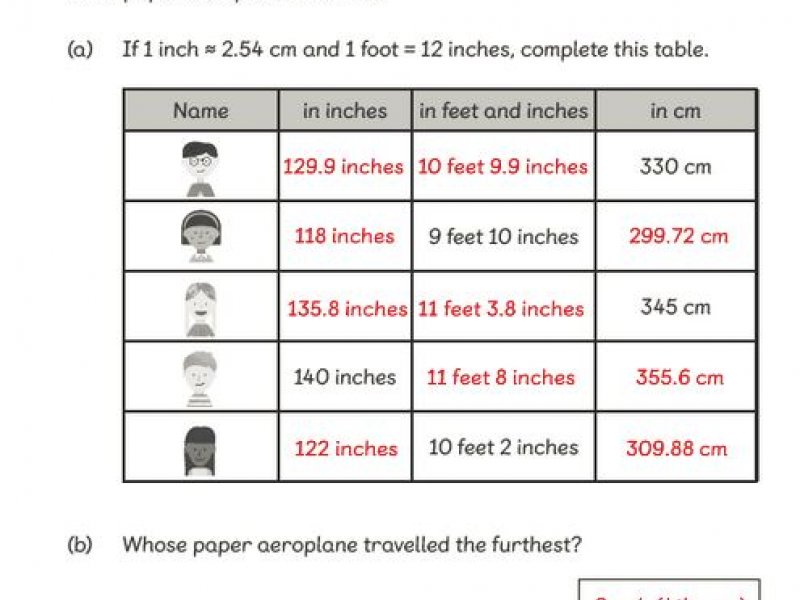Good morning everybody, here are your tasks for today:
Maths
Mental Arithmetic: x10 ÷10
Today I would like you to watch this video from BBC bitesize giving a clear explanation of multiplying and dividing by 10 and 100. The explanation underneath the video is also really useful for reference.
Then, we will look at the patterns created when multiplying or dividing by 10 or 100.
Use each of the following numbers in 4 sums: x 10, x 100, ÷ 10 and ÷100.
i.e. with the number 27, write out:
27 x 10 = 270
27 x 100 = 2700
27 ÷ 10 = 2.7
27 ÷ 100 = 0.27
Here is your list of numbers: 67, 18, 5, 170, 248.
Maths No Problem: Textbook 5B Chapter 11 Measurements
Lesson 3: Converting units of length.
In Focus: Take the time to read through the problem. What do you think we might need to do? Do we need to convert these lengths into the same unit of measurement to solve this problem? What does ‘convert’ mean? How would we convert these lengths? Can we convert the lengths more than one way? How can we show the lengths in kilometres and metres? Would we need to change them all?
Remind your child that there are 1000 m in 1 km. If there are 1000 m in a kilometre, does that help us change 4009 m into kilometres and metres? What does 0.9 km mean? (900 metres.) Can we show 4.09 km in metres? What would 4 km and 90 m be in kilometres? How would you write 90 m in kilometres? Ask them if they agree that 10 m is the same as 0.01 km. How many times does 10 go into 1000? Would that help us convert 90 m into kilometres? How would that look as a decimal? 0.09km.
Let’s Learn: Work through Let’s Learn together and discuss the conversions. Remember our use of place value when mulitplying and dividing by 10.
Guided Practice: Your child will be continuing to convert measurements of length into kilometres, metres, and kilometres and metres.
Workbook: Complete worksheet 3, pages 103 – 104.
The answers to this week’s work will be in a gallery at the bottom of the blog page every day.
English
Reading: Your child should try to read for at least 20 minutes every day. Remember to log on to Accelerated Reader and complete quizzes for all the books you have read!
If you have a Lexia account, try to log on and complete at least 15 minutes a day.
Writing:
Yesterday, we changed this description:
The handsome Tarantula looked at the children. Its glistening, hazel eyes scanned the room. Delicate hairs covered its plump body and swayed like shimmering grass. Its solid legs, like thick branches, stood strong.
We made the spider sound scary by changing the adjectives. Today we will warm up our creative vocabulary by changing the verbs. Discuss changing the underlined verbs to make the spider even scarier! You could use a thesaurus to help you find some really amazing verbs. Try Oxford thesaurus online .
The __________Tarantula looked at the children. Its _________ , ________ eyes scanned the room. ________ hairs covered its _________ body and swayed like __________. Its ______ legs, like ____________, stood strong.
Today we will be planning our own Finding Tale! It doesn’t have to be set in school or involve a game. You could write the sequel of the story when Billy investigates the game the next time it’s wet play! I have put a few ideas here to help you plan your thinking.
Once you are happy with your ideas, use the boxed-up planning sheet here to really plan your new story in detail in your journals.
Topic: History
I really enjoyed seeing your stories and research about the history of your homes last week, well done everyone. I learnt a few things about Southill and Field Barn Drive as well!
This week we are moving on to compare our home town in the past to today.
I have attached here some old maps of Weymouth from different eras. First, I’d like you to have a look and discuss them with your adults at home and see if you can work out the era/century they were printed.
Then use this link Weymouth OS Map Online to have a look at modern day Weymouth – you can zoom in and out to see more detail. Look closely and make comparisons between the old and modern maps.
What are the two main regions of our town called?
What can you see on the old maps which is still here today? Has the land use changed? Has the land shape changed? Do you recognise any names? Are any buildings on the old maps also shown on the new map?
Write your comparisons in a table or as sentences in your journals and send them on to me. It would be great if you could spot something new for me to look at as well!
